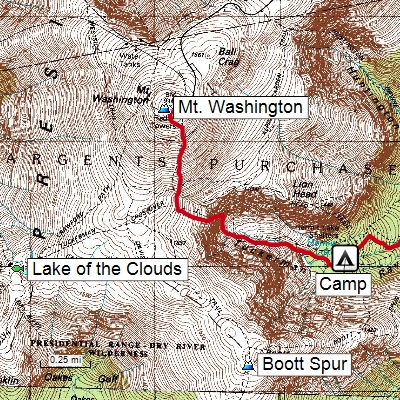

We’ll even go beyond the canvas to create custom map tools.You will begin to see that every aspect of QGIS is up for grabs with Python to write your own application. We’ll learn to use custom symbology, labels, map bookmarks and even real-time data. In this chapter, we’ll programmatically create dynamic maps by using Python to control every aspect of the QGIS map canvas. Creating Dynamic Maps: QGIS Python Programming CookBook Lawed, who has been using Python since 1997, maintains the geospatial technical blog and is also the author of Learning Geospatial Analysis with Python. The book is written by Joel Lawed, the Chief Information Officer (CIO) of NVisionSolutions Inc. With 140 short, reusable recipes to automate geospatial processes in QGIS, the QGIS Python Programming CookBook teaches readers how to use Python and QGIS to create and transform data, produce appealing GIS visualizations, and build complex map layouts. I guess Anita can be my virtual mentor.Learn how to use Python to create dynamic maps in QGIS with this free preview chapter of QGIS Python Programming CookBook. I also plan on reading “Learning QGIS 2.0,” by Anita Grase, when that comes out later this month. It might be time to reach out some cartographers in other departments at work. I sure could use a QGIS mentor to answer my basic questions and to help me avoid making wrong turns. I’ll work on creating a data set of 20,000 – 30,000 polylines. Likewise, PostGIS has a ST_GeomFromGML to import GML data into a geometry. Oracle Spatial and Graph has a SDO_UTIL.FROM_GM元11GEOMETRY function to export the polylines in GML format. So, I’ll switch from loose points to polylines too. Instead of using a heat map plugin he wrote custom C++ code to convert the vector data into raster data. Instead of a loose collection of GPS points, he extracted running and cycling activity polylines.

His process bears little resemblances to my prototype. I talked to the cartographer who took my Google Fusion Table prototype from concept to production. Several attempts resulted in either no visible heat map (above) or a large blobbish, weather map looking effect, not what I wanted.


 0 kommentar(er)
0 kommentar(er)
